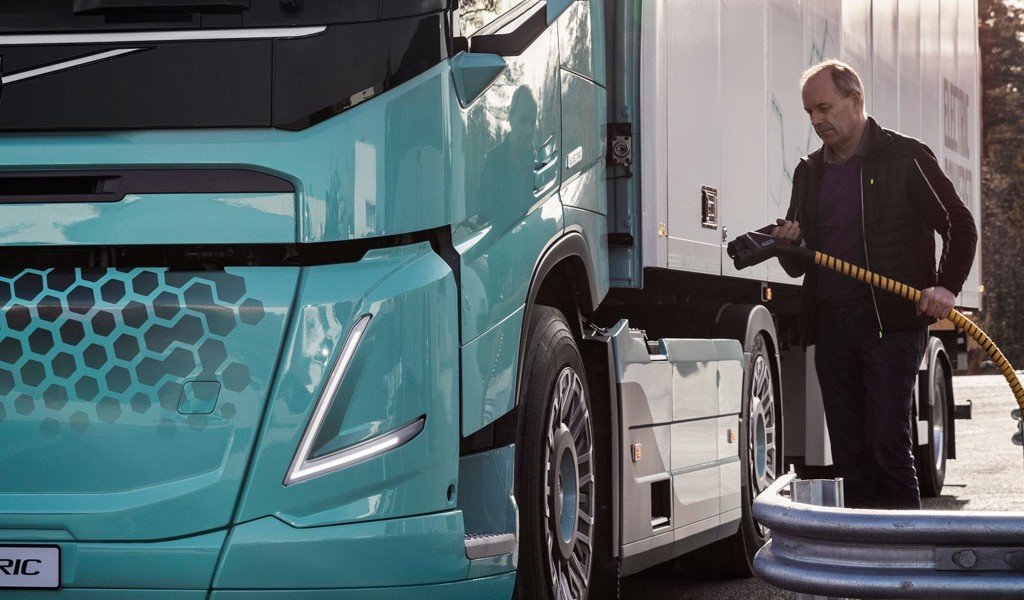EU Parliament approves law to cut HGV and bus emissions
The European Parliament has voted to pass a law to strengthen CO2 emission reduction targets for new heavy-duty vehicles (HDVs), which are responsible for more than a quarter of greenhouse gas emissions from road transport in the EU and account for over 6% of total EU emissions – approximately double the contribution from aviation.
The measures will require CO2 emissions from large trucks (including “vocational” vehicles, such as waste collection trucks, tippers or concrete mixers) and buses to be reduced by 45% for the period 2030-2034, 65% for 2035-2039 and 90% as of 2040.
Additional requirements for urban buses mean they will need to reduce their emissions by 90% by 2030 and become zero-emission by 2035. Emissions reduction targets are also set for trailers (7.5%) and semi-trailers (10%), starting from 2030.
Green European Union MEP Bas Eickhout, the lead negotiator on the policy said, “The transition towards zero-emission trucks and buses is not only key to meeting our climate targets, but also a crucial driver for cleaner air in our cities. We are providing clarity for one of the major manufacturing industries in Europe and a strong incentive to invest in electrification and hydrogen.”
The European automobile manufacturer association ACEA welcomed the news saying “EU law makers have sealed a deal cementing the most ambitious CO2-reduction targets for trucks and buses globally by 2030.”
Coinciding with the vote ACEA launched its manifesto for getting zero-emission trucks and buses on Europe’s roads emphasising that “while vehicle targets are part of the puzzle for decarbonising truck and bus transport, it is insufficient to only regulate the supply side without addressing demand roadblocks.”
Harald Seidel, Chairperson of ACEA’s Commercial Vehicles Board explained ,“We are playing our part by investing in and ramping up production of battery-electric and hydrogen-powered models, but simply setting ambitious targets for manufacturers and hoping smooth implementation follows is not a strategy.
“Decarbonising truck and bus transport is a team sport involving many players across the entire transport and logistics ecosystem. Zero-emission vehicles are not the bottleneck and manufacturers cannot tackle the shared decarbonisation challenge alone, especially as essential enabling conditions are beyond their control.”
To put the scale of the challenges in context ACEA points out there is almost no public charging infrastructure suitable for trucks and buses available today. It says Europe needs at least 50,000 publicly accessible chargers and at least 700 hydrogen refilling stations to achieve the CO2-reduction target of 45% by 2030.
The EU Parliament vote passed despite opposition from centre-right MEPs who had wanted it to allow more combustion engine trucks to be sold beyond 2040, if they ran on CO2 neutral fuels. The regulation was endorsed with 341 votes in favour, 268 against and 14 abstentions. The Council still needs to formally approve the agreement before it can enter into force.

